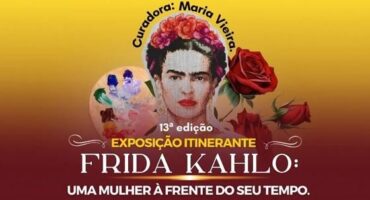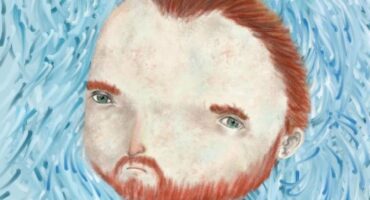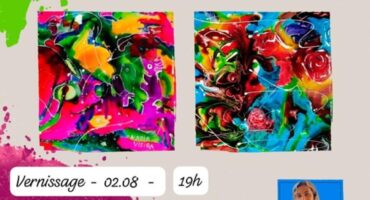ITALIAN PHOTOGRAPHERS
in the flowering of Brazilian photography
Exhibition opens at Centro Cultural Banco do Brasil Rio de Janeiro on 8 October 2022
In honor of the bicentennial of the Independence of Brazil, the Italian Institute of Culture of Rio de Janeiro carries out the exhibition unpublished “Italian Photographers – in the flowering of Brazilian photography”, in the Centro Cultural Banco do Brazil Rio de Janeiro, open to visitors from the day 8 October. The exhibition has approx. 80 photographs, playing, distributed according to a thematic route that allows to appreciate the diversity of interests and the variety of production of these artists, at the same time covering an important part of the history of Brazil, between the Second Reign and the First Republic. The objective is to publicize the profiles and works of great Italian photographers, who, between the second half of the 19th century and the first decades of the 20th century, had a strong presence in Brazil.
Among the many Italians who worked as photographers in the chosen time frame, nine characters were selected who shine for their unique trajectories and for the poetic and visual quality of their works: Luiz Terragno, Camillo Vedani, João Firpo, Ermanno Stradelli, Nicola Parente, Guido Boggiani, Vincenzo Pastore, Virgilio Calegari, Luís Musso. Curated by Joaquim Marçal de Andrade and Livia Raponi, the exhibition takes the public on an itinerary traced from the singular look of these masters, true pioneers of the eighth art who contributed, with your images, for the constitution of the field of Brazilian photography and, at the same time, for the constitution of a visual identity and an aesthetic of the nation-Brazil. After the Rio stage, the exhibition will go to Brasilia, to be displayed at the headquarters of the Italian Embassy. The event has the institutional support of the Embassy of Italy and the Consulate General of Italy in Rio de Janeiro.
“This is a very little-known aspect of the Italian presence in the country.; in fact, it's surprising to know that, at that time, from the Amazon to Rio Grande do Sul, from Paraiba to Rio de Janeiro, from Bahia to the Pantanal, these brilliant migrant artists recorded with technical mastery and refined eyes the inhabitants, the cities and nature of a Brazil undergoing rapid and intense transformation”, said Livia Raboni, director of the Italian Institute of Culture in Rio and one of the curators of the exhibition.
“Photography is also an Italian invention, from the observation of the sensitivity of certain substances to light, still in antiquity. It presupposes the use of a camera obscura equipped with — Leonardo da Vinci, Giambattista della Porta, Girolamo Cardano, Daniele Barbaro… these were the pioneers, all from the italian peninsula. And, Interestingly, on the shores of Lake Como, to Lombardy, British William Henry Fox Talbot experienced an important revelation, while drawing the landscape with the aid of an optical instrument called 'camera lucida'. came to him, then, the idea of enabling a system of registering the visible world where ‘objects delineate themselves by themselves, without the help of the artist's pencil'. There the genesis of the negative-positive process took place.“, evaluates Joaquim Marçal Andrade, co-curator of the show.
About the curators
Joaquim Marçal Ferreira de Andrade is a retired servant of the National Library where he worked for 42 years, having headed the Cultural Promotions Section, the Photography Division, the Iconography Division and the National Digital Library. Coordinated the project to rescue photographs from the “D. Thereza Christina Maria”, donated by the emperor. Pedro II to the institution and today inscribed in the International Register of the Memory of the World Program, from Unesco. Master in Design and Doctor in Social History, is an aggregate teacher (licensed) from the Department of Arts & Design by PUC-Rio. exhibition curator, judicial expert in photography and graphic arts and author of essays on the history of photography, of graphic arts and design.
Livia Raponi is director of the Italian Institute of Culture of Rio de Janeiro and Adida for Cultural Promotion with the Ministry of Foreign Affairs of Italy. Specialized in linguistic-cultural mediation and PhD in Letters from the University of São Paulo, has developed extensive interdisciplinary research on the Italian ethnographer Ermanno Stradelli, subject of your doctoral thesis. From this, was the creator and curator of four different exhibitions – presented, between 2013 and 2019, in São Paulo, Manaus, Rome and Rio de Janeiro – and organizer of the book The Only Possible Life – Itineraries of Ermanno Stradelli Amazon (Ed. unesp, 2016). He has extensive experience in curating art and photography exhibitions developed as part of his work to spread the Italian language and culture abroad..
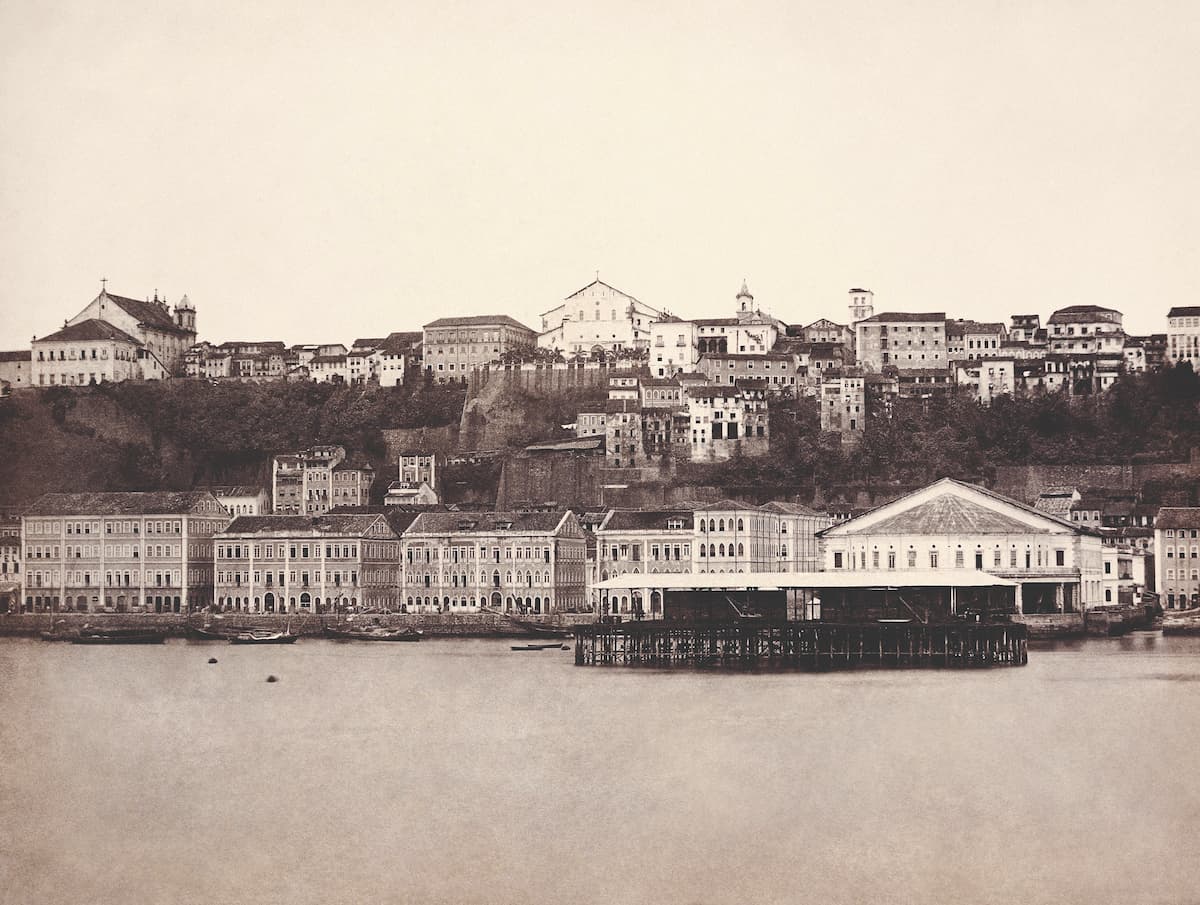
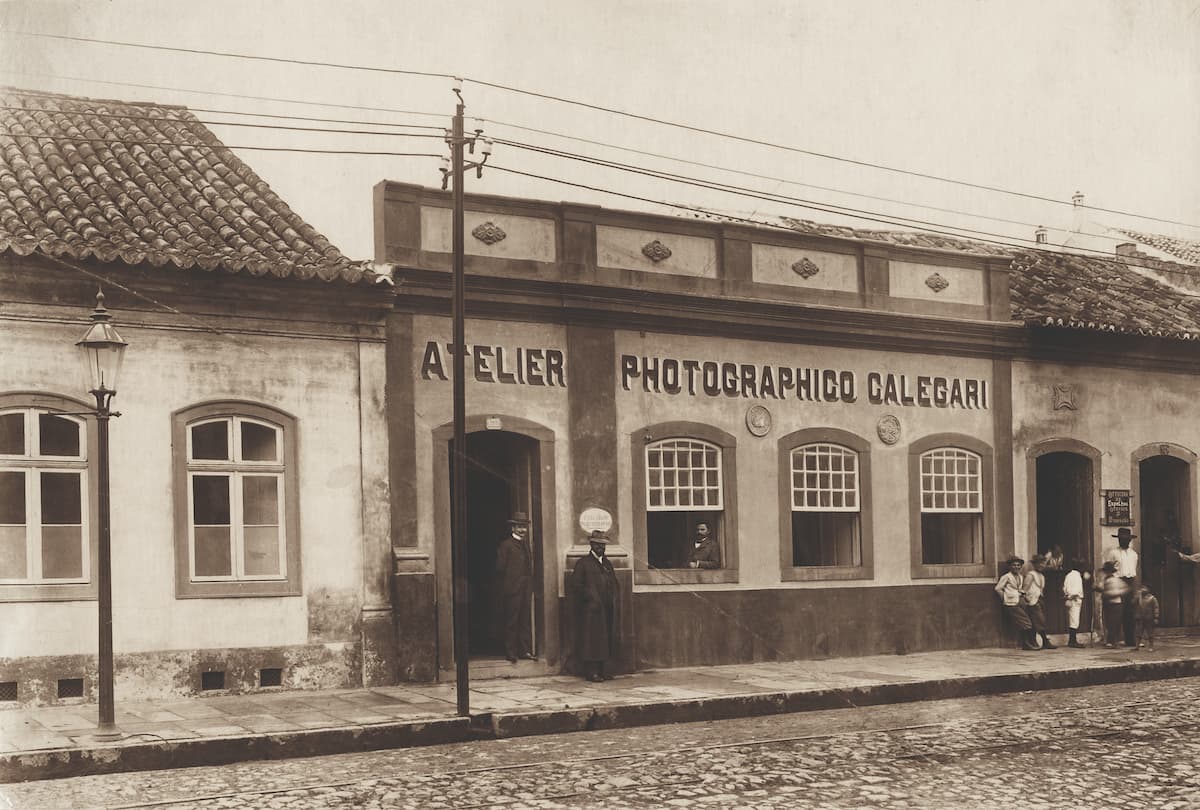
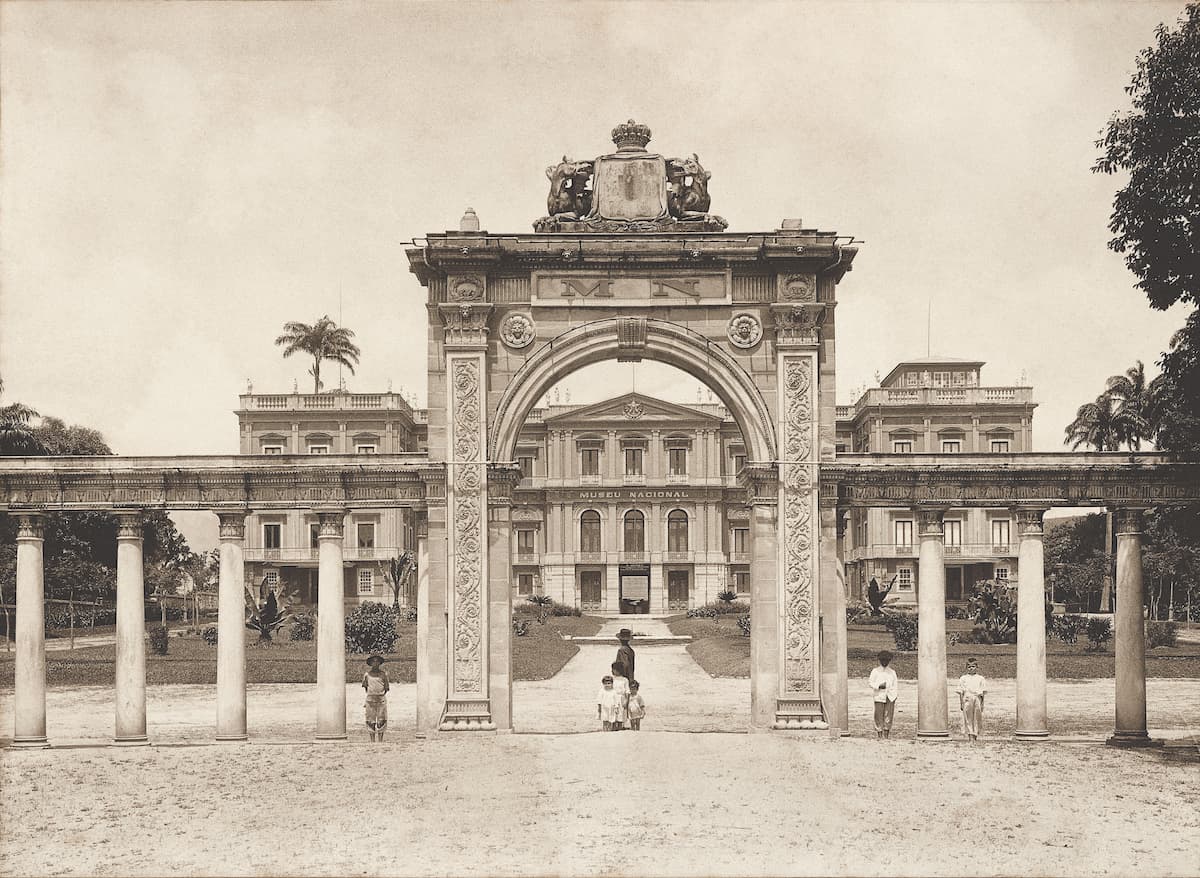
![Nicola Maria Parente. [Portrait of Zacarias Milhazes]. S. l., 1886. Ferrotype. Collection of the National Historical Museum/Ibram. Reproduction by Francisco Moreira da Costa. Public domain.](https://www.obrasdarte.com/wp-content/uploads/2022/10/Nicola_Maria_Parente.jpg)
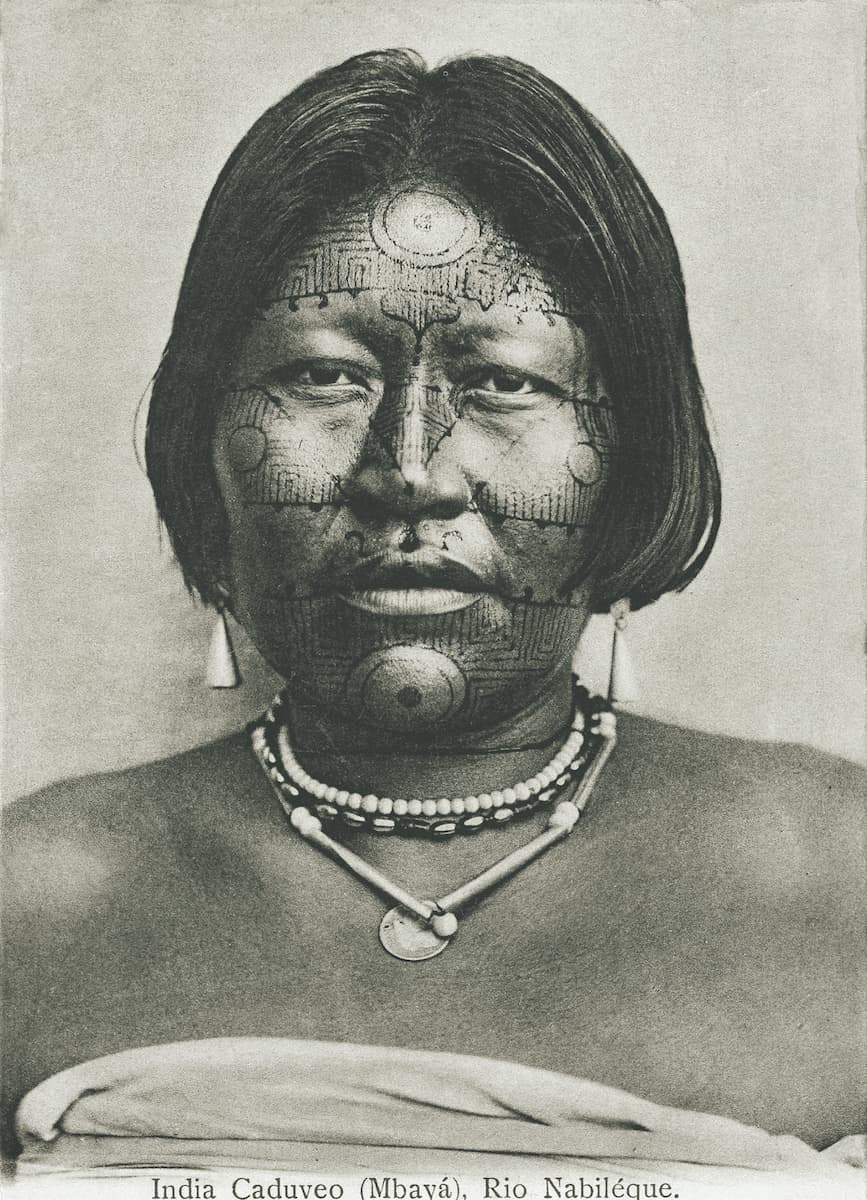
about the photographers: some data and anecdotes
Produced from the mid-19th century
Luiz Terragno: was the first photographer in Porto Alegre, in the 1850, pioneering documenting outdoor events such as a procession; photographed d. Pedro II (and his sons-in-law) on the occasion of the trip to Uruguaiana, at the beginning of the Paraguayan War; was appointed by the Emperor as Photographer of the Imperial Household.
Camillo Vedani: engineer, based in Campos (RJ), worked as a draftsman in the construction of railroads in Rio de Janeiro, Salvador and Manaus. in photography, he was an excellent landscaper; leaving us beautiful views of Salvador and Rio de Janeiro, that owe nothing to the mastery of Marc Ferrez – with whom he collaborated, including, at one point in your trajectory [the cover of the book “Italians behind the camera” reproduces, on the cover, an image of him – from Praça XV].
João Firpo: from Genoa, was defined as 'walking photographer': fixed in Paraíba (current João Pessoa), he went from town to town to offer his services, setting up his studio and portraying men, women, Kids. He was also a dealer in photographs by other authors., including portraits of celebrities.
Produced in the last decades of the 19th century
Nicola Maria Parente: natural from Basilicata, was a portrait photographer but also a traveling cameraman. He was the first to introduce the cinematograph in Paraíba and in the northeast., thanks to equipment acquired in Paris. traveled, yet, the interior of São Paulo making projections.
Ermanno Stradelli: native of Emilia Romagna, was a count and was studying law at the Faculty of Pisa when, at the age of 27 years, decided to travel to the Amazon and become an explorer. traveled, carrying the heavy photographic equipment, the main rivers in the region, depicting landscapes, dwellings, indigenous human groups, at the height of the rubber cycle. was the first to register, with your camera, a first contact between Brazilian authorities and isolated indigenous people, on the occasion of the 'Mission for the Pacification of the Chrichanas Indians', led by scientist Barbosa Rodrigues, who carried out a peaceful interaction with the Waimiri Atroari of the Rio Jauaperi. He also became an expert in nheengatu (amazon general language) and in Amerindian narratives.
Guido Boggiani: Piedmont native and successful young painter, decided to travel with 26 years to Latin America where I wanted to investigate the Chamacoco and Caduveus indigenous peoples, established respectively in the Chaco (Paraguay) and in Mato Grosso do Sul. The photographic portraits of indigenous women and men he took in the countryside while living with them, in the 1890, are extraordinary for the time.
Vincenzo Pastore (worked in São Paulo): was one of the first street photographers, precursor of the so-called 'street photography' in Brazil, depicting manual and street workers and everyday moments in the city (p. ex. the garbage collection cart on its daily commute). Maintained a photographic establishment for the production of portraits and collaborated with the press.
Virgilio Calegari (worked in Porto Alegre): participated in numerous national and international exhibitions winning several awards; expert portraitist and landscape artist, owner of unusual technical and artistic quality. Author/editor of the album 'Porto Alegre' in which he also documents the province (the interior), including the Italian colonies.
Luigi Musso (worked in Rio de Janeiro): excellent landscaper, held magnificent views of the center and surroundings of the city of Rio de Janeiro that document its modernization. The 'concept' image of the exhibition, of the facade of the National Museum, It is his own. He was the author and editor of an album about the Municipal Theater, whose text was written by João do Rio.
Children's Day at CCBB
To celebrate Children's Day and the birthday of 33 years of CCBB, on 12 October, the public of all ages is invited to participate in various activities. On this day of celebration, All programming is free and the kids even get a special snack. The date will be set by the opening of the exhibition OSGEMEOS: our secrets and it is also the last day to check out the exhibition Playmode. on the fourth floor, the photography shows Italian photographers in the flowering of Brazilian photography and ocean photography and the BB and its history occupy the rooms. us theaters, the Language Exchange Festival (FIL 2022) brings a series of events, like the shows pianissimo, a musical by Tim Rescala, Showcase, with the Red Clown, Reading is a spectacle, com Ivan Zigg, and the re-enactment of success tata, the pillow. At the library, the CCBB Reading Club 2022 invites to a chat with the writer of children's literature Godofredo de Oliveira Neto about the work of Alexandre Dumas. The CCBB Educativo Program participates in the program with different schedules for mediated visits to the exhibitions and heritage sites.. In the special activities for the date, are at story time and urban dance workshop. In the BB Concept Space, Futuro Presente brings art and technology workshops and a lecture with skateboarder Bob Burnquist. More geared towards adults, the program brings the concert of the Music at the Museum and the play fictions, starred by Vera Holtz. Check the complete schedule for that date on the CCBB website – bb.com.br/cultura. our restaurants, coffee shops and store offer even more discounts for Banco do Brasil customers (check conditions on site).
Service:
“ITALIAN PHOTOGRAPHERS – in the flowering of Brazilian photography”
Curated By: Joaquim Marçal Andrade and Livia Raponi
From 8 October to 18 th November of 2022
Free entrance.
No need to issue a ticket.
Local: Centro Cultural Banco do Brasil
Address: First Street March, 66 - 4º andar – Center – Rio de Janeiro
Sign up to receive Event News
and the Universe of Arts first!
Phone: (21) 3808-2020
For more info: bb.com.br/cultura | ccbbrio@bb.com.br
Operation: Monday, das 9h às 21h; Tuesdays, closed; Wednesday to Saturday from 9 am to 9 pm and Sunday from 9 am to 8 pm.
Check the full schedule on the website and follow CCBB on social media: bb.com.br/cultura | twitter.com/ccbb_rj | facebook.com/ccbb.rj | instagram.com/ccbbrj
Press office: BriefCom Communications Advisory
Bia Sampaio +55 21 98181-8351; biasampaio@briefcom.com.br; @briefcomcomunicacao
CCBB Rio de Janeiro press office
Giselle Sampaio +55 021 38082346; gisellesampaio@bb.com.br;
additional event:
Launch of the book “Italians behind the camera. Trajectories and remarkable perspectives in the flowering of photography in Brazil” with debate, day 4 November, at 18h.
Realization:
Italian Institute of Culture of Rio de Janeiro and Banco do Brasil Cultural Center
Institutional support:
Italian Embassy and Italian Consulate General in Rio de Janeiro

